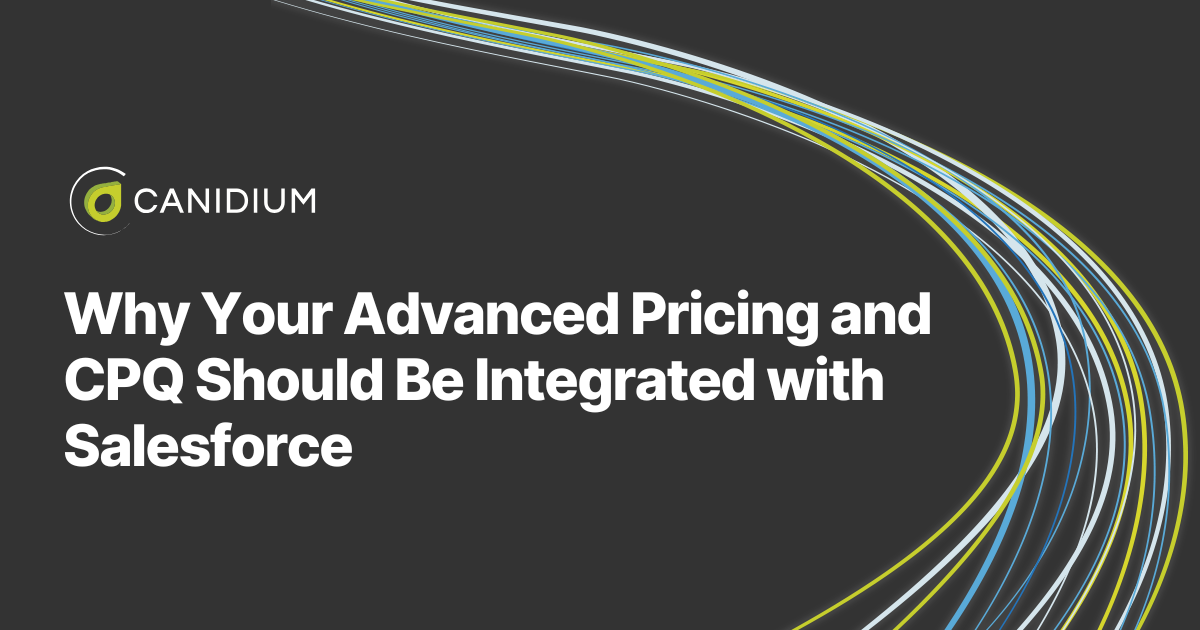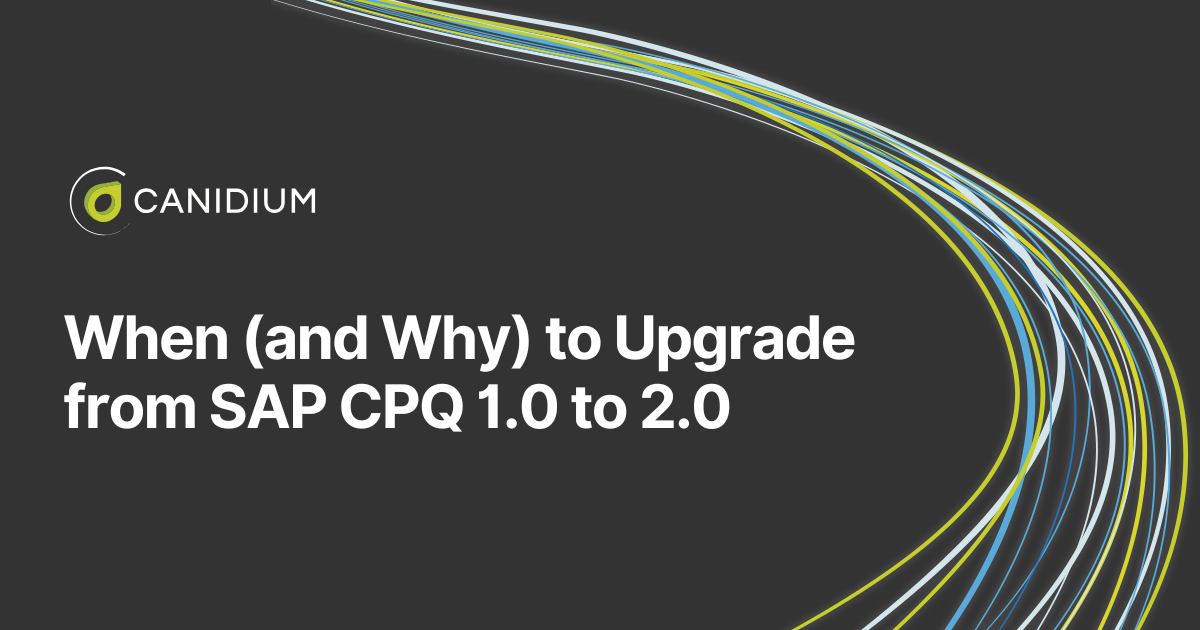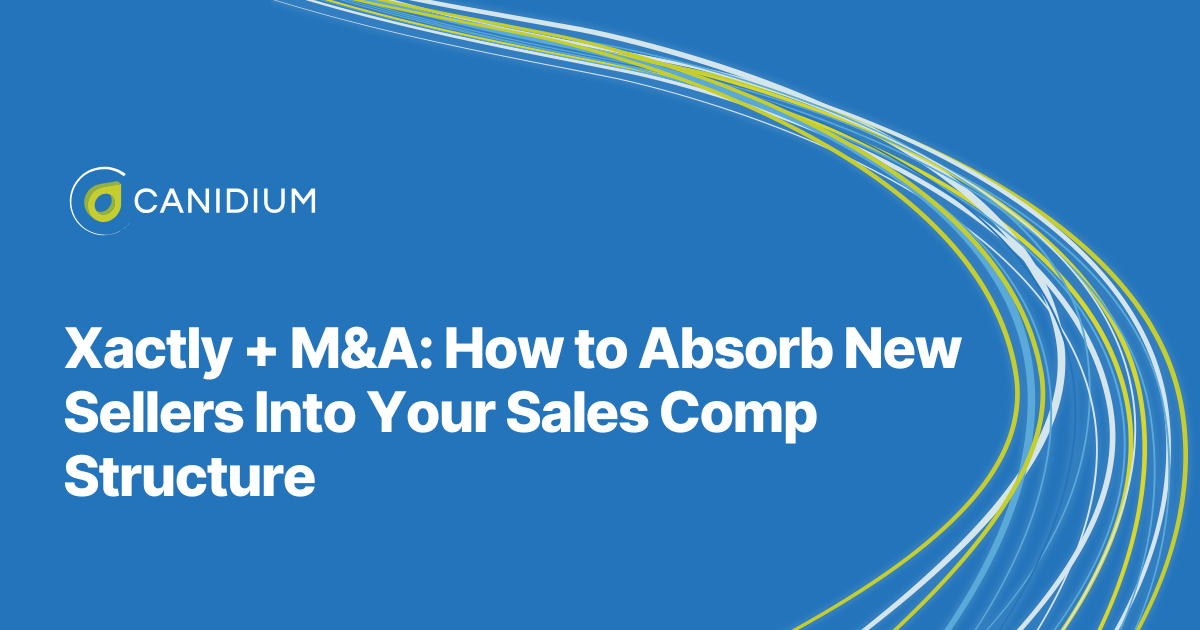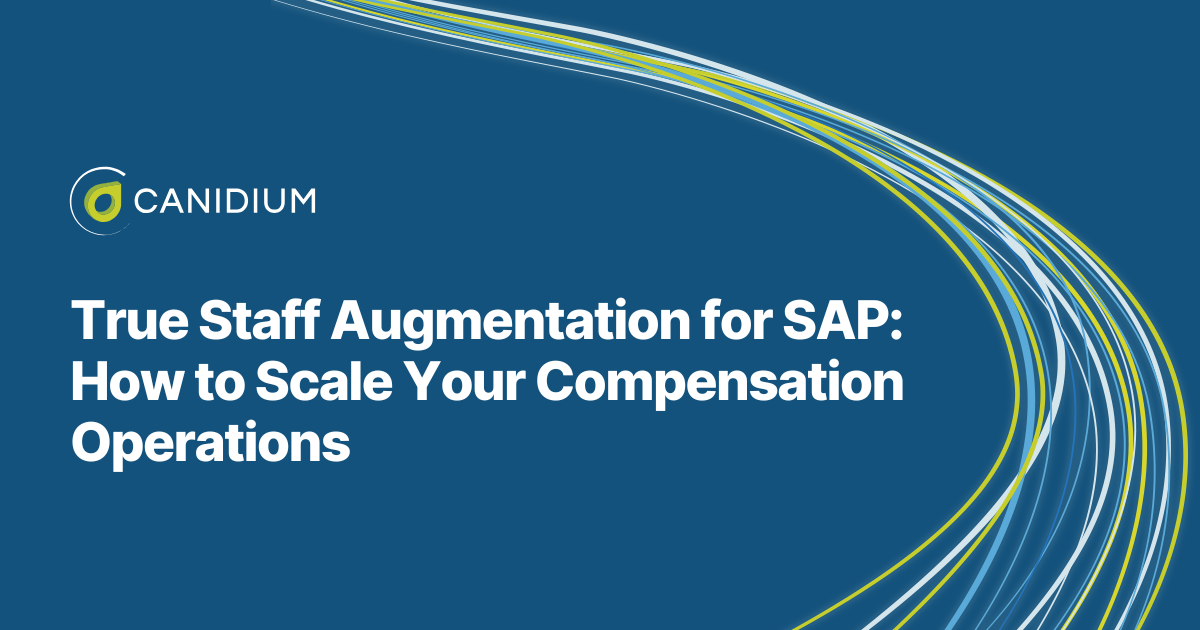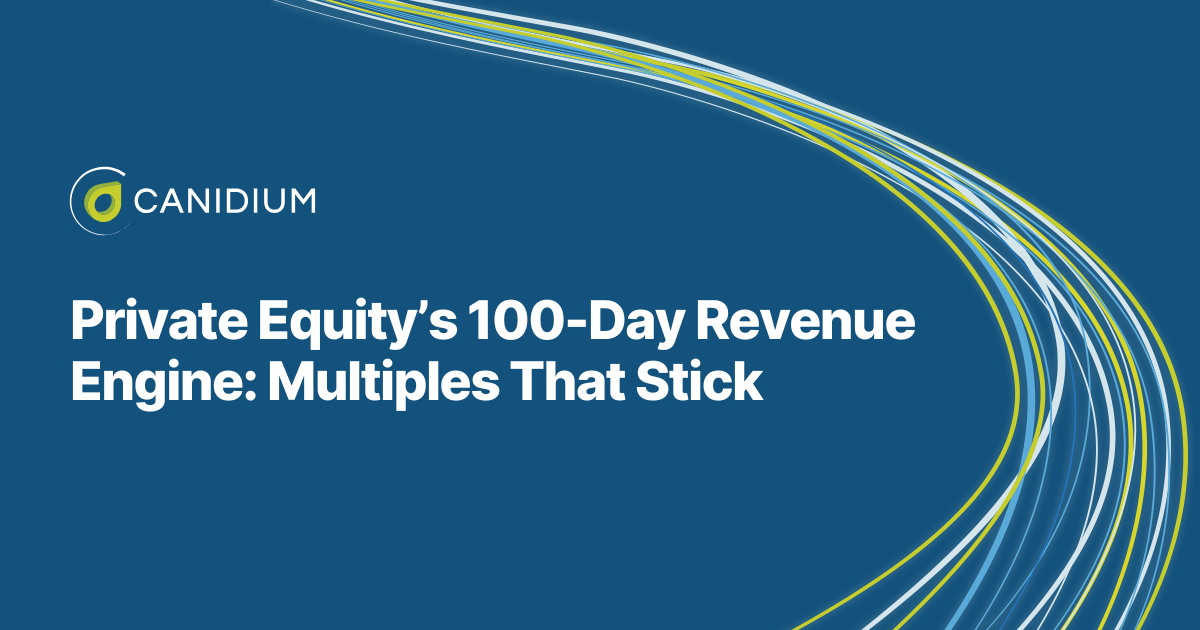Contrary to popular opinion, revenue growth is determined by how fast, accurately, and intelligently your team can get to “yes.” Your most advanced pricing models can deliver incredible insights, but only if they’re accessible at the exact moment your sales team is quoting and negotiating.
That’s why integrating advanced pricing solutions with business CRMs is a growing priority for leading sales orgs. It represents a strategic shift in how your organization captures value. By embedding pricing intelligence directly inside your CRM, you remove friction from the quote-to-cash process, give sales reps better decision support, and systematically protect margins.
This approach aligns pricing strategy with the real-world execution of sales, where deals are actually won or lost. It’s one of the most impactful digital transformations recent technology advancements has to offer. However, it’s also one of the most overlooked. So, let’s go over why Salesforce and pricing solution integrations and vital for competitive sales organizations today.
The Disconnect Between Pricing and Sales
For many companies, pricing and sales operate in silos. Sales reps live in Salesforce, while pricing teams rely on spreadsheets, disconnected tools, or standalone pricing platforms. This separation creates several systemic challenges:
-
Manual work and inefficiencies:
Reps are forced to log in to multiple systems or toggle between platforms just to finalize a single quote. This slows down response times, frustrates sellers, and can cause delays that hurt win rates.
-
Lagging deal velocity:
Every extra click and every bit of re-keyed data creates friction. And in competitive sales cycles, even small delays can push deals to competitors.
-
Tribal knowledge over data:
When pricing logic isn’t easily accessible, reps default to gut instincts, old email threads, or inherited “price lists.” This often results in inconsistent and suboptimal pricing.
-
Eroded margins:
Without embedded pricing guidance or guardrails, discounting becomes subjective and reactive. Over time, this erodes deal quality and profitability.
According to recent research, companies that improve their pricing strategy can see 2–7% sustained improvement in profitability, often without changing their underlying cost structure.
That margin lift isn’t theoretical, it’s the direct result of reducing pricing guesswork and embedding discipline where decisions are made.
Guided Pricing Inside the CRM: A Game Changer
Integrating advanced pricing directly into Salesforce transforms pricing from a back-office function into a real-time competitive advantage. Instead of bouncing between platforms, sales reps can configure products, view pricing guidance, and generate quotes, all without leaving their CRM workspace.
A fully integrated environment enables:
- Real-time quoting capabilities: Reps can move from opportunity creation to quote generation in one seamless flow, reducing cycle time and accelerating deal velocity.
- Pricing guidance at the point of sale: Data-driven recommendations surface the right price bands, discounts, and upsell opportunities, giving sellers the confidence to present strong offers that still win.
- Embedded analytics with iframes: Pricing data, elasticity insights, or approval workflows can be displayed directly inside Salesforce via iframe, eliminating the need to swivel-chair between platforms.
This kind of integration levels the playing field for sales teams. It ensures every rep—whether seasoned or new—has access to the same intelligence and guidance as your top performers. That consistency drives more predictable, profitable outcomes.
Strategic Business Impact: Win Rates, ASP, Efficiency
The business case for integrating pricing and Salesforce goes far beyond operational convenience. It delivers measurable, strategic impact across three critical performance levers:
- Higher Win Rates When reps have instant access to pricing intelligence, they can respond faster to customers and make stronger offers. Shorter turnaround times and more competitive proposals lead to more closed deals.
- Higher Average Selling Price (ASP) Pricing guardrails and recommendation engines help avoid unnecessary discounting. Deals are priced more strategically, protecting margin while staying competitive.
- Sales Rep Efficiency With a single, unified system, reps spend less time managing tools and more time selling. They no longer need to hunt down pricing approvals, historical deal data, or alternate systems to generate quotes.
Taken together, these factors have an outsized effect on revenue performance. A modest 1% improvement in price, assuming no loss of volume, increases operating profit by 11.1%, according to Harvard Business Review (HBR). Integration turns pricing strategy from a static exercise into a dynamic, revenue-generating engine.
Why This Matters Now
The sales technology landscape has changed rapidly. Revenue Cloud has made Salesforce the undisputed center of the modern selling experience. At the same time, pricing software has evolved to deliver powerful AI-driven guidance, elasticity insights, and margin protection capabilities in real time.
Buyers now expect fast, personalized quotes. Competitors are tightening their pricing strategies. And leadership teams are under increasing pressure to protect profitability without slowing down deals.
In this environment, keeping pricing and CPQ disconnected isn’t just inefficient, it’s a competitive risk. Integration ensures that your revenue organization operates from a single source of truth, enabling agility and control in a volatile market.
How to Integrate Pricing Strategy with Sales Execution
Most organizations don’t fail at pricing because they lack a strategy, they fail because that strategy never makes it into the hands of their sellers in a way that’s simple, actionable, and repeatable. Pricing teams build smart strategies, but if sales teams are stuck in outdated quoting workflows or inconsistent pricing habits, even the best pricing logic can get lost in translation.
Bridging that gap requires operational alignment between pricing strategy and sales execution. Modern CPQ and pricing software make this alignment not just possible but scalable. Instead of sending sales reps static price lists and policy PDFs, companies can embed strategic pricing guidance directly into their quoting workflows, making it easy for reps to do the right thing without slowing down deals.
Here are three core integration levers that create real alignment between pricing and sales:
-3.png?width=1000&height=100&name=Untitled%20design%20(3)-3.png)
1. Make Pricing Strategy Effortless to Use
The quickest way to get sales teams to adopt pricing strategy is to make it easier to follow the strategy than to ignore it. When pricing rules and guidance are embedded into CPQ, reps no longer have to memorize discount thresholds, chase down approvals, or guess at the right bundle price.
For example, a global manufacturer with hundreds of SKUs can automate price updates and ensure reps always quote within a “smart price corridor” informed by real-time data. Instead of spreadsheets or static playbooks, reps see dynamic pricing recommendations surfaced directly in their quoting interface, making compliance effortless.
The upside isn’t just speed. By guiding sellers toward strategic price points, organizations can lift margins, reduce errors, and shorten approval cycles—all without adding friction to the sales process.
-3.png?width=1000&height=100&name=Untitled%20design%20(3)-3.png)
2. Tie Pricing Guidance to Transparent Incentives
Sales teams care deeply about one thing: how their actions affect their earnings. One of the most effective ways to ensure alignment between pricing strategy and sales execution is to connect pricing discipline to sales compensation.
When reps can see how pricing decisions affect their commission in real time, they’re far more likely to stay within the pricing guardrails. Transparent dashboards inside Salesforce can show performance toward targets, highlight the impact of discounting, and reward behaviors that drive profitable deals.
This isn’t just about controlling discounts, it’s about creating a shared language between pricing and sales. When pricing strategy directly informs compensation mechanics, it moves from being a “policy to follow” to a pathway to earn.
-3.png?width=1000&height=100&name=Untitled%20design%20(3)-3.png)
3. Operationalize Strategy Through CPQ
A well-crafted pricing strategy is only as good as its delivery mechanism. That’s where CPQ becomes the linchpin. By automating the “Configure, Price, Quote” process, companies ensure that strategic pricing is applied consistently across every channel, every region, and every rep.
CPQ eliminates pricing inconsistencies by standardizing rules and approval flows. Instead of manually building quotes, reps configure products within defined parameters, automatically apply pricing logic, and generate accurate, on-brand quotes in minutes. For configurable or subscription-based offerings, CPQ ensures every deal follows the pricing playbook without sacrificing speed or customer experience.
Even more powerful is the feedback loop this creates. As reps use the system, pricing teams gain visibility into discounting patterns, market pressures, and competitive dynamics, enabling them to refine strategy continuously.
The Real Goal: A Living, Breathing Pricing Strategy
Integration isn’t a one-time project. Markets shift. Competitors change tactics. Customer expectations evolve. That’s why aligning pricing with sales execution isn’t about a fixed rulebook; it’s about creating a living system where strategy and execution feed each other.
CPQ and pricing software give organizations the infrastructure to keep those two worlds in sync. Pricing strategy informs sales actions, and sales behaviors generate data to sharpen strategy.
Pro Tip: Organizations that pair pricing intelligence with CPQ typically see margin uplift, shorter deal cycles, and reduced revenue leakage—all without adding layers of complexity for their sales teams. It’s not just about technology. It’s about making pricing strategy tangible at the point of sale.
The Canidium Advantage
Canidium is uniquely positioned to help organizations bring these two worlds together. As a leading implementation partner across both Salesforce and Pricefx, our teams deliver deep domain expertise and proven integration frameworks that help companies:
- Build seamless, scalable integrations between Salesforce and advanced pricing platforms
- Accelerate quote turnaround times and improve deal quality
- Protect margins through intelligent pricing guardrails
- Empower sellers with the same data and guidance across every deal
Our work with organizations across manufacturing, distribution, and services has shown that integrating pricing and CRM isn’t just a tech upgrade, it’s a strategic lever for sustainable growth. A fully integrated Salesforce and advanced pricing stack isn’t just a nice-to-have. It’s how high-performing organizations increase win rates, protect margins, and accelerate growth.
Let’s build your integrated pricing roadmap together. Contact Canidium to set up a free consultation with our experts, no strings attached. Leverage our deep integration insights to build your roadmap. We’re happy to help you get started, even if you’re not looking for a partner at the moment.


